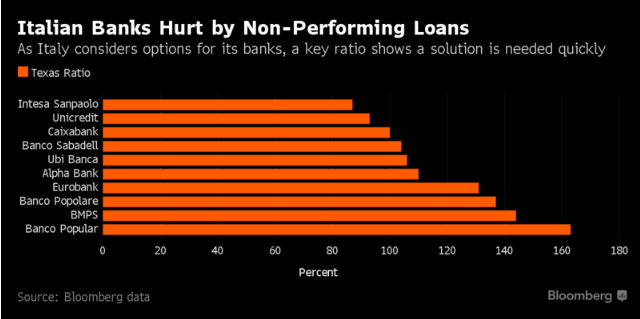Real Estate President to 86 1031s?
Last week Wolf Street reported, “Green Street’s Commercial Property Price Index, which tracks the value of property owned by real-estate investment trusts, fell 0.4% in May to the lowest level since May 2016.”
So despite low rates and all that jazz, the commercial property price index is punk. Maybe savvy real estate sharps got wind that “To finance such a [tax] rate cut, some in Congress have in their sights what’s known as the 1031 exchange provision, which enables sellers of real estate and other assets to defer capital-gains taxes by reinvesting the proceeds in ‘like-kind’ properties,” reports Peter Grant and Richard Rubin for the Wall Street Journal.
Anyone in commercial real estate knows this would be a death knell for the market. As the first responder to Grant and Rubin’s piece,Tim Edwards, wrote, “I have been selling apartment buildings since 1979 and have been involved in 100's of transactions. 95% of them have involved one or both sides doing a 1031.”
Investors use 1031’s to avoid paying capital gains taxes when they sell property by rolling the gains into the purchase of a similar property. It would indeed be ironic if Donald Trump of all Presidents would get behind 86ing 1031s.
The boys and girls on The Hill figure few will howl if like-kind exchanges go away. “The benefit is vulnerable because many Democrats and some Republicans consider the provision a loophole with limited broader economic benefit that could be sacrificed to pay for lower tax rates,” write Grant and Rubin.
But 1031’s make the real estate world go around. “Like-kind exchanges are used in 10% to 20% of commercial real-estate transactions, according to Green Street.” This is the equivalent of throwing Uncle Sam’s sand in the gears of the real estate market.
The 1031 exchange was adopted in 1921 and was used “primarily in the real-estate world by neighboring farmers who would exchange one parcel of land for another for such purposes as straightening out property lines, according to Louis Rogers, chief executive of Capital Square 1031 LLC, a Richmond, Va.-based firm that sponsors over $100 million worth of 1031 exchange deals annually. Over the decades, the use of the provision broadened widely thanks to ‘extremely supportive’ rulings by the Treasury Department and Internal Revenue Service, he said.”
Not many people remember the late 1980’s real estate crash, but it’s genesis was “Two key regulatory changes during the 1980s paved the way for the overbuilding that defined the 1990s recession in commercial real estate. The 1982 tax cuts included provisions that allowed for generous depreciation allowances and tax shelters for investors, writes David Lynn PhD for National Real Estate Investor.
Then, as Lynn writes, “The tax laws were changed again in 1986 to remove many of the earlier incentives for real estate investment,” and Ka-boom. The S & L and Texas bank crisis were born.
Broker Scott Bettersworth posted on Linkedin, “As reported in an article in the REALTORS® Action Center blog, on February 8, Chairman Brady ‘admitted the [House Ways and Means] committee is considering eliminating the provision.’ The significance of the public statement to an audience with a vested interest cannot be understated; Section 1031 is officially on the chopping block.”
The Fed is now hiking rates and talking about shrinking its balance sheet and if 1031s go bye bye at the same time, two important legs of what holds up the real estate stool will be gone. The result we’ve seen before and it wasn’t pretty.






